At Bunnyfoot, we tend to spend more time running one-to-one user research sessions than focus groups. This isn’t to say, however, that focus groups can’t be a useful tool for gaining opinions on a particular product or service. In this blog post, we outline our top tips for running a successful focus group based on the experience we have gained over the years.
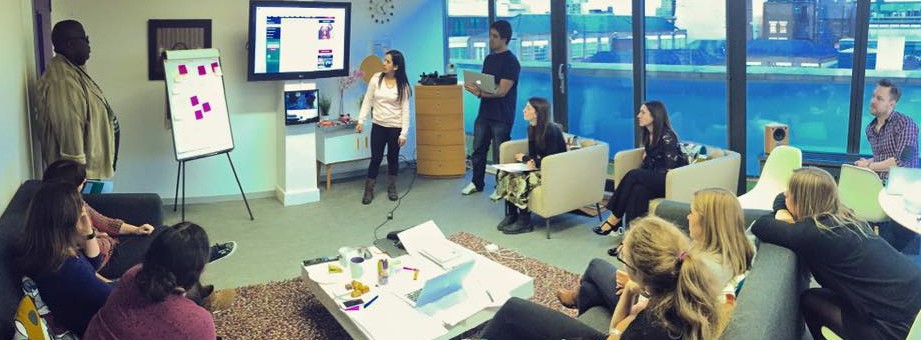
What is a focus group?
Firstly, it needs to be remembered that focus groups are based on opinions and not behavioural insights. They are useful for discovering how people feel about a particular topic, product or service. Focus groups can also help to generate ideas or improvements for new products or features.
A group of 6+ people are required to gather in a neutral location to discuss their opinions and feelings on a predetermined topic, led by a moderator, to help discover their motivations and preferences. Focus groups aim at discussion rather than individual responses, and produce qualitative data.
Have a read of one of our past blog posts on the differences between focus groups and usability testing.
1. Ensure you have clear objectives
This may sound obvious, but it is imperative you answer the following questions before you begin:
- What do I need to know?
- Why do I need to know it?
- What do I want to achieve from my group(s)?
Having these questions answered from the outset should help prevent you bombarding your participants with too many questions, some of which may turn out to be of little use.
2. Recruit the right people for you
Here at Bunnyfoot, we are lucky to have our own specialised recruitment team, Bunnyfield, to ensure our clients consistently gain access to the best participants for them. This is particularly useful when running focus groups, as the better the profile of participants, the more forceful the insights are likely to be. It’s worth thinking about the types of people that are most relevant to you (are there particular things your participants need to have done/owned/experienced in order to be useful?).
Conversely, it’s worth noting down who you need to exclude from your group, based on behaviours, demographics etc. in order to prevent your results from being skewed.
3. Pilot your focus group before the real thing
It’s amazing how often research ideas on paper seem great, but don’t translate quite as well in reality. For this reason, at Bunnyfoot we always carry out a test run ‘pilot’ session ahead of the ‘real thing’.
Getting your timing right is perhaps one of the most important things to refine when running a focus group. With 6+ people sat together in a room, all (hopefully) eager to voice their opinions, sticking to time can be a challenge for even the most experienced moderator. A run-through will help you get a feel for timings, and help you discover whether you have too many questions for the time allocated. Bear in mind, we would suggest focus groups run for no longer than 90 minutes to prevent participant fatigue.
Ensure the language used is appropriate for your audience. Remember that your participants may have no previous experience talking about your topic, so avoid any terms/jargon that could cause confusion. It’s also worth bearing in mind that participants won’t see the questions written down, so ensure that all questions are short and unambiguous, are only focused on one topic or dimension, and can’t be answered with a simple ‘yes’ or ‘no’.
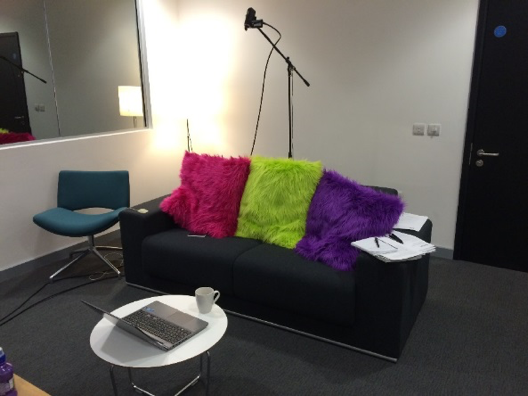
4. Create a happy atmosphere
Before a focus group even officially begins, there are many little things you can do to help create a welcoming atmosphere, encouraging participants to engage with each other and their surroundings:
- Find the right space to run your focus group! Bunnyfoot can help, we have viewing facilities in London and Sheffield that are designed not only to run a smooth session but also to allow you and your team to view and record the session.
- Ensure any recording equipment is placed subtlety round the room. Of course, all participants will need to be informed and give written consent to any session recordings, but making the research room look less like the Big Brother house, and more like their own sitting room, will help participants feel more comfortable and likely to talk.
- Greet participants personally on arrival and give everyone a name badge or sticky label to wear (ensure the moderator(s) are wearing one too). This helps to break the ice, and is a useful tool for the moderators once the session is running – it’s much easier to engage with people, particularly the quieter ones, when you have their name.
- Provide refreshments (sandwiches, cakes, teas & coffee etc.) to help keep participants content and focused. However, from past experience, we would recommend not providing packets of crisps as the packaging is surprisingly crackly and can interfere with the sound on the recording.
- If time permits, start the session with a simple icebreaker such as: “if you could go anywhere on holiday tomorrow, where would you go and why?”
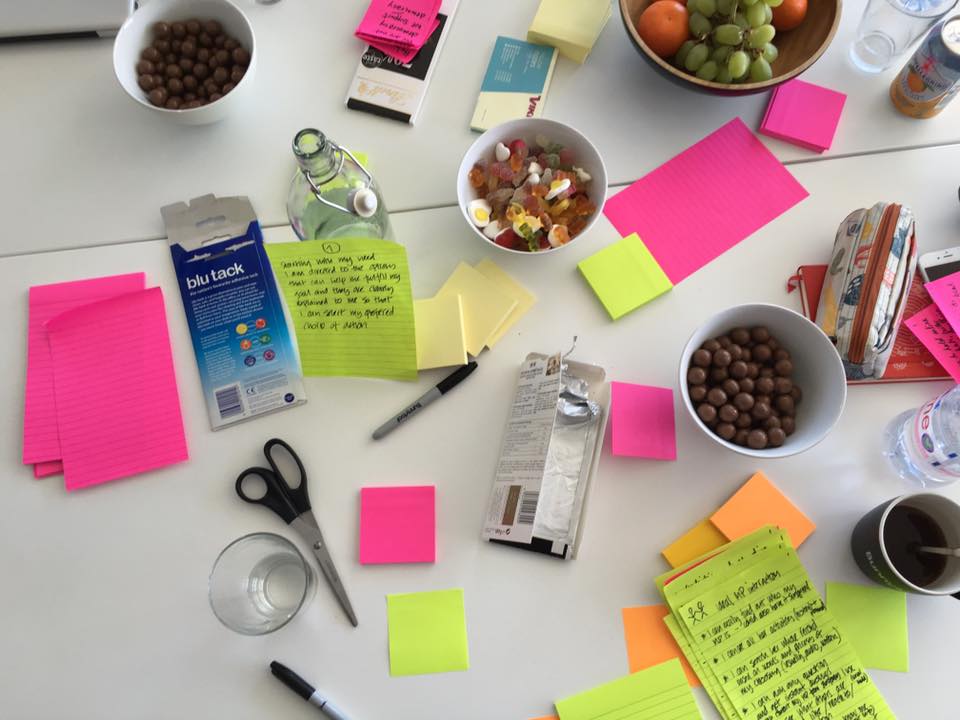
5. Keep control of the session
You may find yourself in a room full of world’s chattiest participants. This can be fantastic, but as a moderator, you need to ensure you keep control of the session. As previously mentioned, keeping to time is crucial, and sometimes it will be vital to reign in a participant that has gone off track. Don’t be afraid to butt in, either verbally (politely of course) or by raising your hand, in order to steer the conversation back in the right direction.
On the other hand, it’s also important as a moderator to ensure all participants have their say. It’s fine to tactfully ask a dominant participant to refrain from talking to let others have a say; and for shy participants making eye contact, smiling at them, or simply asking for their thoughts by name, can all be useful methods to encourage them to speak.
It’s also worth remembering that the moderator holds a position of authority within the group, and some participants may look to them for confirmation of thoughts and opinions. It’s therefore important that the moderator remains neutral throughout and refrains from providing any cues that would suggest they agree/disagree with what someone is saying (e.g. nodding of the head, raising eyebrows).
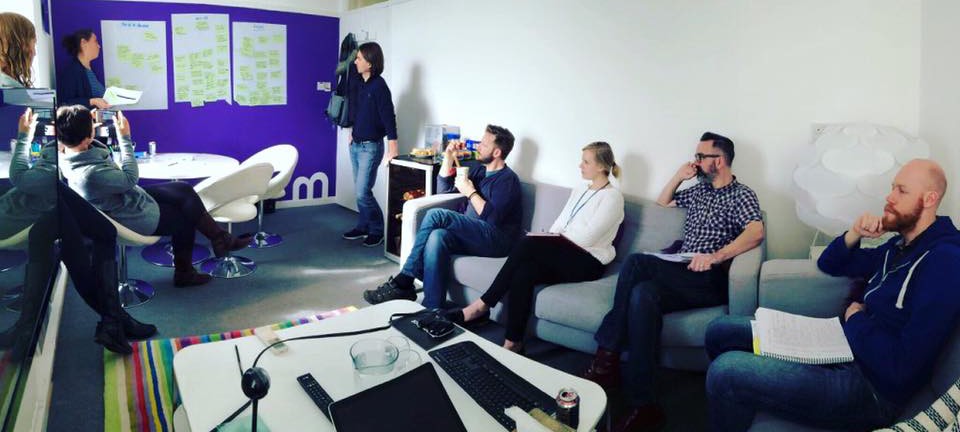
6. Avoid leading questions
This is something that should be avoided at all times, regardless of the research type. Don’t let your/your clients’ preconceived thoughts or assumptions skew how you ask your questions. Only ask open questions (who, what, when, where, how) which allows participants to elaborate on their thoughts or personal experiences e.g. ‘why is that so important to you?’
If a question can be answered with a simple ‘yes’ or ‘no’; or prompts the participant to answer the question in a particular way, you will need to change how your discussion question is phrased.
7. Rope a colleague in to be your assistant moderator
Running a focus group in an engaging way, whilst taking high quality notes, is really tricky as conversation is often fast-paced and highly changeable. It is recommended you have an ‘assistant’ who will be able to help with:
- Ensuring all the recording equipment is on and working
- Taking detailed notes of the session (particularly quotes)
- Noting down any body language or subtle clues which the main moderator might miss
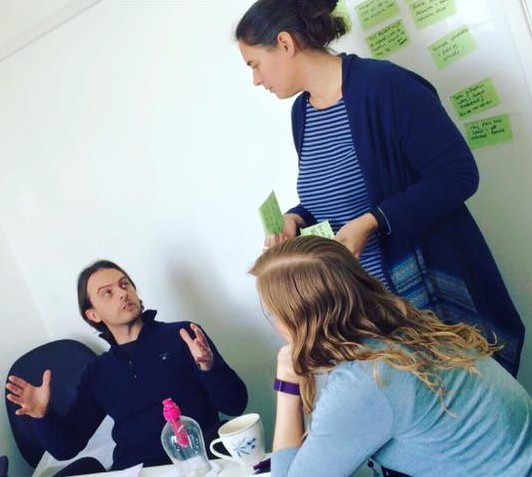
8. Send participants away feeling positive about their experience
At Bunnyfoot, we usually provide participants with a cash incentive to cover their time and travel costs – for example, £60 for a 90-minute focus group. If you’re testing with children under the age of 16, cash incentives are not permitted so we recommend providing an appropriate gift card (and cash incentive for the parent for their time). Remember, it’s against the MRS guidelines to provide client goods, services or vouchers as incentives or gifts.
It sounds simple, but it is important: thank participants for their time and praise the session! Even if you didn’t discover as much as you would have liked, don’t let the participants know this. They have taken time out of their day, and we want them to leave feeling that it was a worthwhile use of their time.
It’s also important to let participants know what the next stages are, and explain where the research gathered is going. If possible, offer to share the results of the research with participants too.
Finally, if applicable, show participants to reception/out of the building (via any bathrooms if needed) to ensure they don’t get lost. Some buildings can be surprisingly challenging to get out of if you are unfamiliar with them!
Find out more:
- Bunnyfield Participant Recruitment
- Bunnyfoot Studios: Focus Group viewing facilities
- Blog post: Usability Testing vs Focus Groups




